Lose yourself in the charms of the many unique offerings of one of the world’s most exclusive, sustainability-empowered holiday destination.
Stairway To The Stars
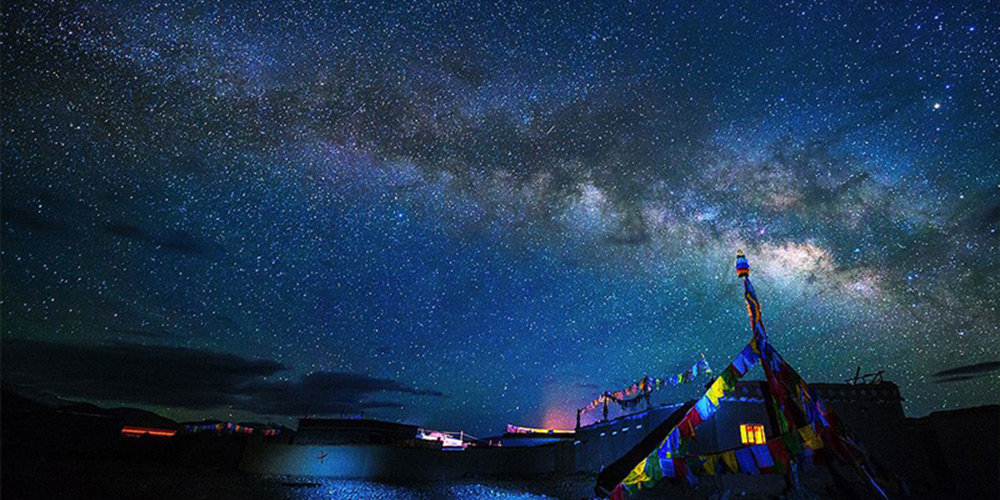
It’s quite commonplace for families in the Kingdom of Bhutan to have an astrologer cast the horoscope of a newborn child with a reading of the starry night skies. Astrologers have, by tradition, played a pivotal role in shaping some aspects of Bhutan’s historical narratives, with guidance from the stars. So it comes as no surprise that itinerant visitors, lurking around the streets of Thimphu, might be tempted to have their fortunes read by the local astrologer.
The enchantment of stargazing is gaining popularity with travellers and the clear night skies in parts of Bhutan, because of no nightglow, minimal pollution and high Himalayan altitudes, offers alluring experiences. Stargazing is best enjoyed in the darkest skies and the trick is to find places where the city lights don’t clash with the light of the stars strewn in the night’s velvet sky. The best nights are when the moon is in a crescent or gibbous phase, so it doesn’t pollute the sky with light. Pangri Zampa, the 6th century monastery, 8km from Thimphu, houses the kingdom’s premier astrological institution, the Druk Phudrangding College for Astrology. It releases the nation’s official calendars and calculates auspicious dates for key national events. It’s reading of the stars even forecast His Majesty’s coronation and wedding dates–in more recent times, the best date for launching Bhutan’s Covid-19 vaccination programme.
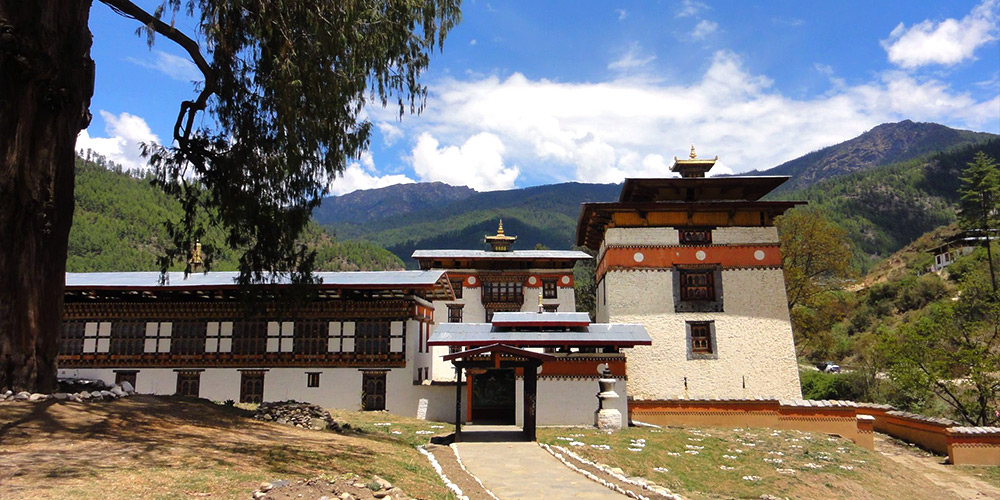
In Thimphu, you could check the pristine star-filled night sky above the Royal Thimphu Golf Course — or even some nearby campsite clearing away from the city. Mingle with throngs of stargazing addicts, reverential monks and meteor shower-loving, and eclipse-chasing travelers and scholars at the 3,116-metre-high Dochu La. This Himalayan pass falls on the road between the national capital and Punakha. On a new moon from your personal telescope, navigate the settings of the clear night sky in search of remote planets such as Uranus and Neptune. Another brilliant spot for stargazing is the night sky at Gangtey in the remote, uncrowded Phobjikha Valley.
Sacred Spaces Of The Black-Necked Crane
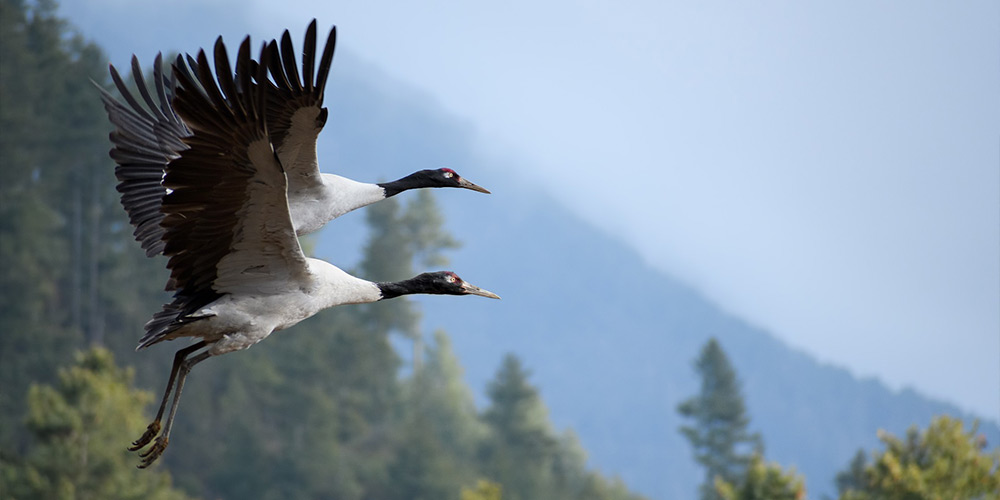
Endangered black-necked cranes migrating from the Tibetan Plateau, for their winter vacation in the Phobjikha Valley, are treated as sacred guests. Tradition has it that on their arrival these majestic birds, locally known as Thrung Thrung Keh Narp, circle around the Gangtey monastery thrice before going to roost in their favoured spots around the farmlands and cottages of Phobjikha between late October and February. On their return to their homeland, they bid farewell to their winter resort by circling around the monastery three times again before heading home. This strange ritual, folklore ascribes to the cranes paying homage to the three jewels of Buddhism and a prayer that they be protected during their winter sojourn here. Bhutan’s Buddhists believe the cranes are sent from the heavens as avatars of their ancestors and loved ones who have passed on.
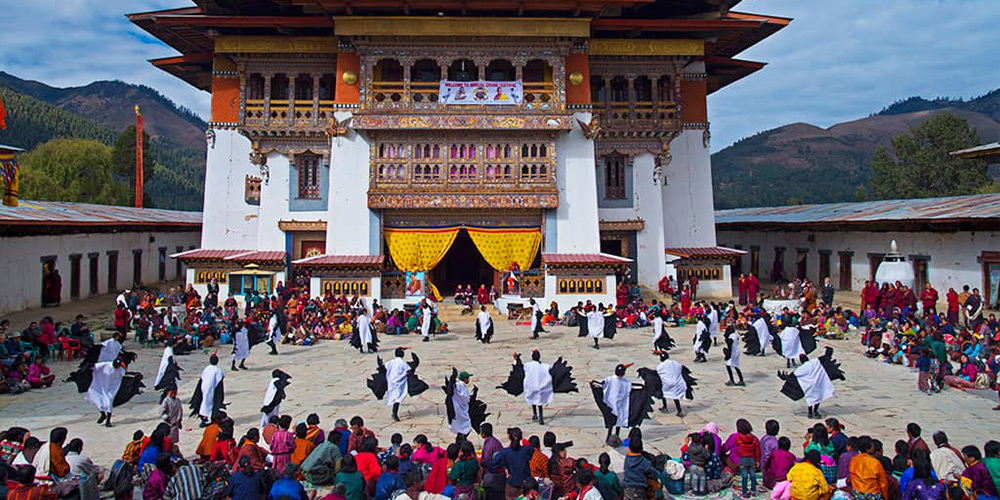
You can visit these wintering visitors at The Crane Centre, operated by The Royal Society for Protection of Nature (RSPN). You also get a crash course here on the habits, habitats and conservation practices in place to protect this endangered avifaunal species. If you are here in November, time your visit for the 11th November, when Gangtey Monastery hosts a spectacular Black-necked Crane Festival, themed around the crane and organized by the RSPN. The festival coincides with the birthday celebrations of HH Jigme Singye Wangchuck, the fourth king of Bhutan. Locals and visitors crowd around the monastery’s massive courtyard to witness local songs, dramas and masked dances performed by the local populace, school kids and monks, in honor of these winged guests. The only alpine crane species in the world, the black-necked crane has an eight-foot wingspan; it is venerated by the locals amongst which it spends its winter days. They believe that their presence forecasts bounteous harvests and prosperity.
The Miraculous Waters Of Gasa Hot Springs
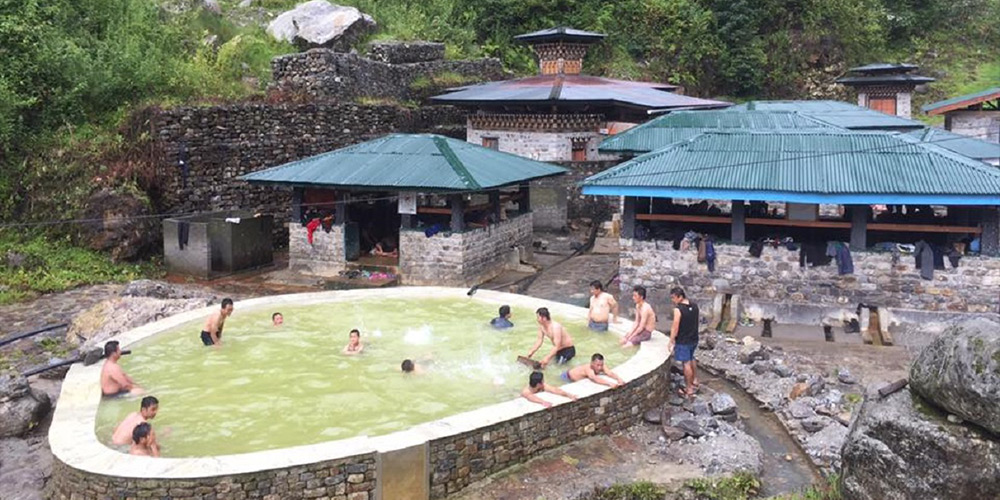
The beautiful countryside you drive through to get to the Gasa Tshachu is a forerunner to the healing power of nature you will encounter at the mineral springs. Visiting a hot spring is a long-rooted tradition of wellness and spiritual sustenance in Bhutanese society. The one at Gasa in Punakha district is popular with locals and visitors. There’s even a special section for the royals. Most readily accessible compared to other mineral springs Gasa stands close to the embankments of the beautiful Mo Chhu River. There are five bath house chambers dedicated to healing therapies for different ailments. Locals hold the springs as sacred as they are considered as blessings sent by the Buddha.
Chasing The Yeti

Join other adventure buffs on a unique journey in the remote Sakteng Wildlife Sanctuary on the trail of the mythical Yeti. Locally known as migoi (strong man), the sanctuary’s 741 sq landscape forms part of its natural habitat: the untouched environs of the Valley of the Yeti are accessed by a mountain pass marked by fluttering prayer flags. Sakteng is the only reserve in the world created specifically to protect the habitat of the Yeti. Visitors follow the Merak trail, three hours from Trashigang, to try their luck, like others before them, to chance upon this mythical creature which has engaged the imagination of people from around the world. The sanctuary is so pristine and beautiful with the promise of sightings of the elusive snow leopard, you shouldn’t be overly disappointed…
Bhutan offers even lesser explored gems for the curious traveler. Plan ahead each time to make the most of subsequent visits to this beautiful country.


